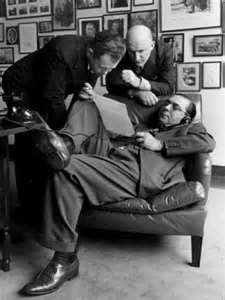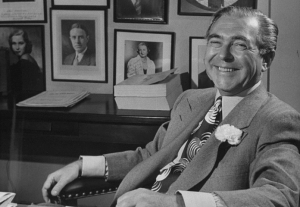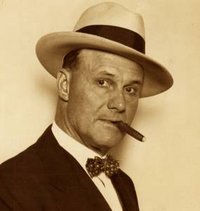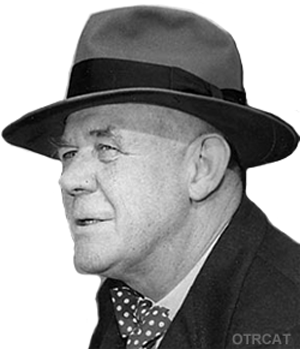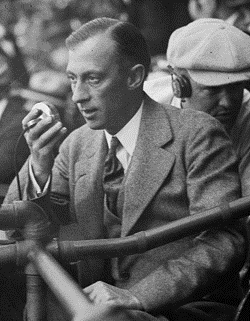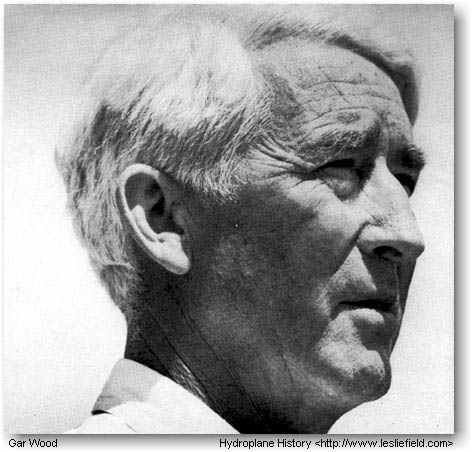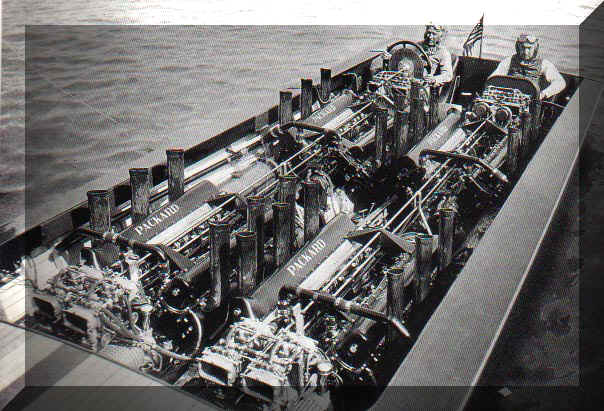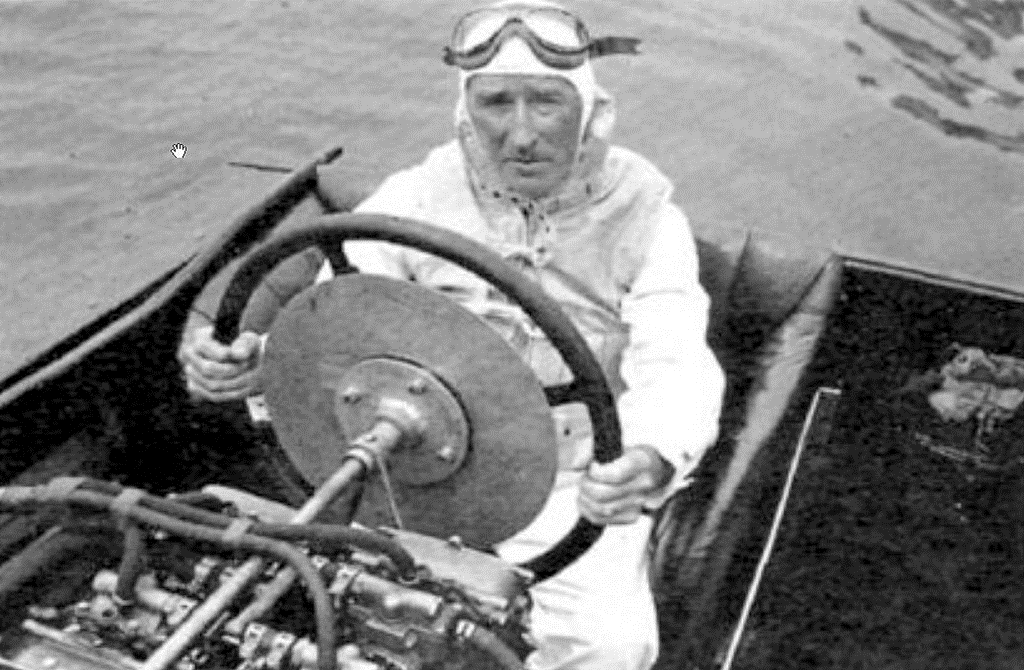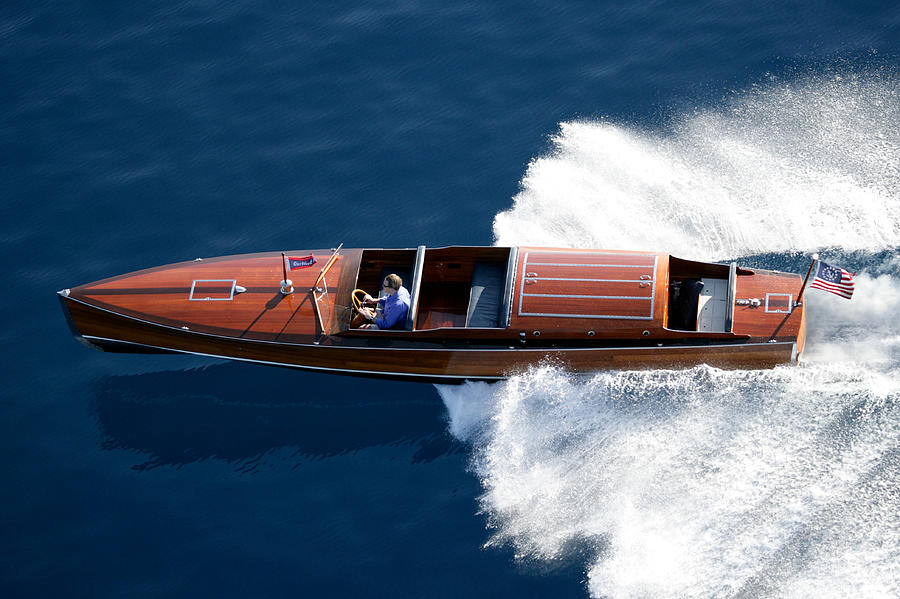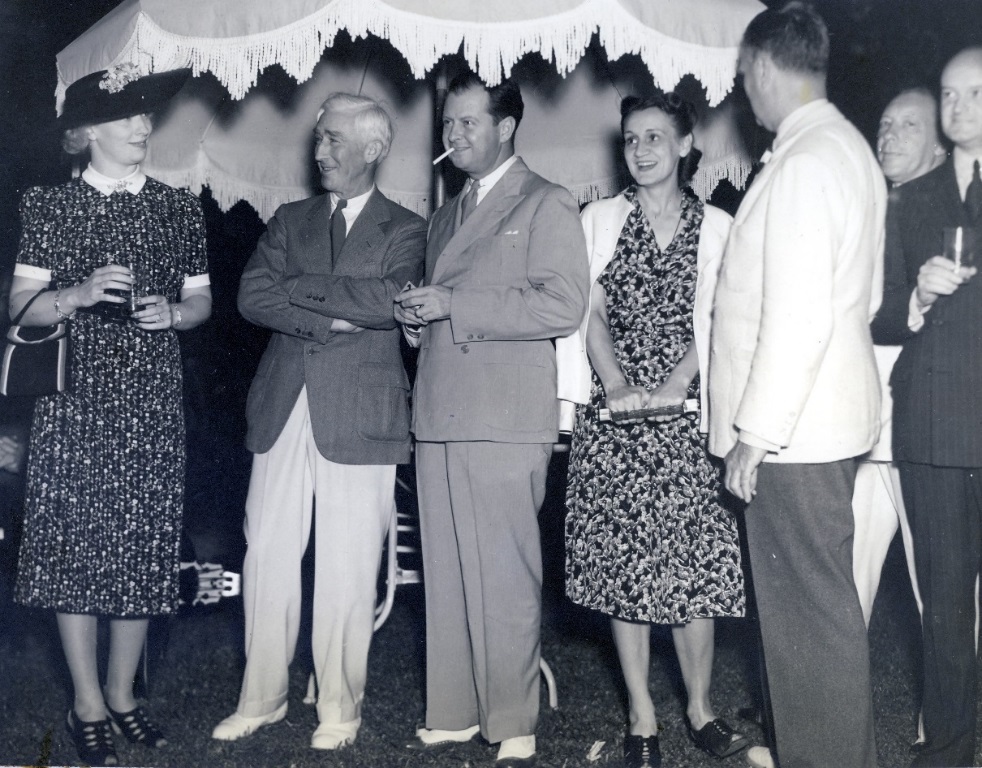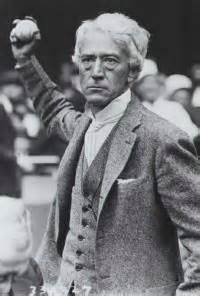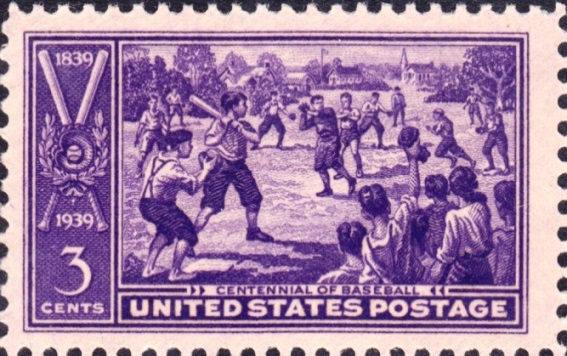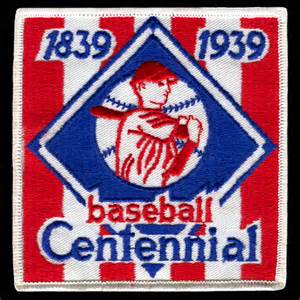By the late 1920s, Steve Hannagan’s became the “go-to guy” for athletes, sports teams, and sporting events. They sought him out for advice about building an athlete’s reputation, promoting a sporting venues, and publicizing sports equipment. Here are several highlights that illustrate the breadth of Hannagan’s experience with sports are cited below.
Bowling and Billiards
By the late 1930s, Billiards had lost its shine as a sport of geometry and well-heeled patrons. Unfortunately for Brunswick, billiards was now seen by parents and civic leaders as a sport of hustlers located in a den of inequity. As Dan Parker noted in the New York Mirror; “Such has been the decline in the business [of billiards] that [Brunswick] … recently called in as consulting physician Dr. Steve Hannagan, the gentleman who specializes in publicizing sports events.”[1]
Hannagan’s campaign included a national billiard tournament at the Bal Tabarin in Chicago’s Hotel Sherman. Larry Smits from Hannagan’s Team was assigned to ghost-write an article about the event for noted billiards champion Willie Hoff.
While the tournament attracted some interest, it was not sufficient to break billiards out of its doldrums. Soon after the tournament, Hannagan met with the president and told him that “he didn’t think that billiards had too much of a future.”[2] Instead of promoting billiards, Hannagan proposed that Brunswick promote bowling because families could play the game in an atmosphere that did not have the nefarious reputation of billiards
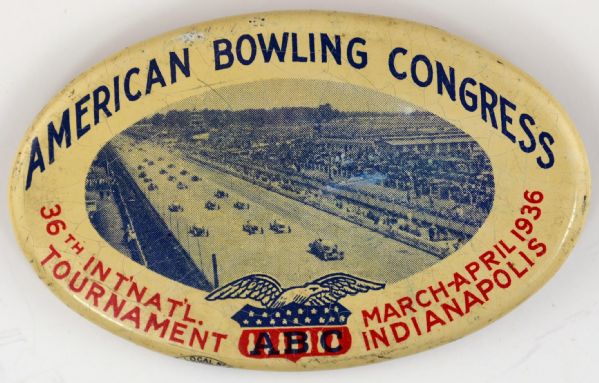
Hannagan’s Bowling Promotion Pin
Brunswick then directed Hannagan to run a publicity campaign for bowling to coincide with the 36th Annual American Bowling Tournament.at the Coliseum on the grounds of the Indiana State Fairgrounds, in Indianapolis. Hannagan killed two birds with his promotional pin that linked the Bowling Tournament with the Indianapolis 500.
The Tournament began with a mammoth parade led by Governor Paul McNutt, who bowled the first ball of the Tournament. National and international radio covered the opening ceremonies of the tournament. Hannagan’s prediction that bowling would be more popular than billiards held water as the game drew in teams put together by union members, church parishioners, social groups, schools, and families across the country.
Biscayne Bay Race
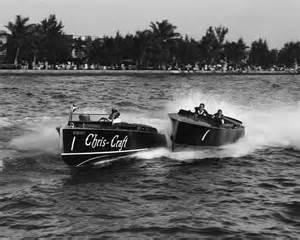
Biscayne Race at Full Throttle
Carl Fisher liked speed, be it on land with the Indianapolis Motor Speedway or on water with the Biscayne Bay Speedboat Race. When Fisher brought Steve Hannagan to Miami Beach from the Speedway, Hannagan proposed that Fisher add a stunt speedboat race to the Biscayne Race. The boats would be piloted by eleven of the Indianapolis 500’s best drivers.[3] However, the Indy drivers had no particular skill in boat racing except the joy of putting the pedal to the medal.
When the starting gun was fired, the drivers opened the throttles and rammed ahead throwing drivers in the water while other boats climbed the stern of front running boats.[4] Thankfully, everyone survived the race.
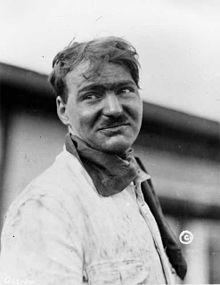
Gaston Chevrolet [5]
Gaston Chevrolet won the race. In May, Gaston had also won the Indianapolis 500 earlier. Sadly, Gaston was killed later that year in a two-hundred mile race in California.
Dutch Clark: Pro-Football All League
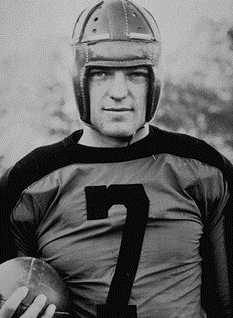
Dutch’ Harry Earl Clark6
Pro-Football was not a major part of Hannagan’s promotional portfolio because at that time pro-football was small potatoes. It appears that his single football project involved, the Detroit Lions and the team’s quarterback, kicker, and punter – ‘Dutch’ Harry Earl Clark – who led the team to the NFL championship in 1935. His accomplishments are legendary, and he is enshrined in the NFL Hall of Fame. His story is even more amazing because he was blind in one eye. George Richards, owner of the Detroit Lions, contracted with Hannagan to portray ‘Dutch’ as an icon to build a fan base for the team. Hannagan successfully promoted Clark and the team. The mission of publicizing ‘Dutch’ was aided when he turned in another stellar performance and was selected as an ‘All-League “quarterback for the sixth time.[7]
Dogs and Gambling
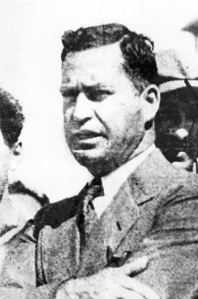
Eddie O’Hare 8
Although Hannagan was not much for gambling, he was drawn into the dog racing circuit by his friend Eddie O’Hare (adjacent picture[8]). He owned the Miami Beach Dog Track and the patent for the rabbit that paced the dogs around the race track. Hannagan coached O’Hare on how to deal with press questions about the track.[9] O’Hare paid Hannagan with thirty shares in his dog track, which were still in Hannagan’s estate when he died.[10]
Hannagan and O’Hare remained friends until O’Hare was gunned down by the mob in Chicago in 1939.[11] It turned out that O’Hare was a partner of Al Capone in several dog tracks, but when Frank Nitti, Capons lieutenant, took over, he wanted O’Hare out of the picture.The police found a pistol in O’Hare’s coat pocket next to his rosary. After O’Hare’s death, Frank married Ursula Sue Granata, O’Hare’s girlfriend.[12]
As a sidebar, Eddie O’Hare’s son won the Congressional Medal of Honor as Naval fighter pilot in World War II. O’Hare airport is named after him.
Road Racing
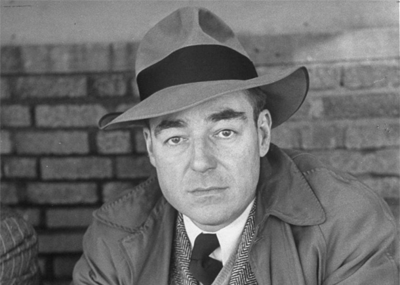
Jimmy Cannon13
In October 1936, Hannagan was contacted by an investor syndicate to publicize a revival of the William K. Vanderbilt Cup Auto Race. Hannagan’s biggest challenge in taking the contract was that Cup race was scheduled during the World Series that featured two New York teams, the Yankees and the Giants.
Hannagan willingly charged into the fray, calling all New York newspapers to cover the race during a rainout of a Series game. He even offered Jimmy Cannon, a feature sports writer at the New York Daily Post, a fast trip around the track. Cannon rejected Hannagan’s offer to “[whiz] around those hairpin turns! Death in the car every minute! I think that would make a wonderful story.”[14] While Cannon never took the ride, he did devote a full column to the race.
Even though Hannagan used every press tool at his disposal to drum up business for the race, it was a bore with a pedestrian winning speed of only 65 miles-per-hour and the winning driver Tasio Nuvolari was an unknown in this country. In contrast the winning speed for the 1936 Indianapolis 500 mile race was 113 miles-per-hour, and the winning car was driven by the popular Wilbur Shaw. The owners of the track were never able to make a go of the revived Vanderbilt Cup.
Johnny Weissmuller
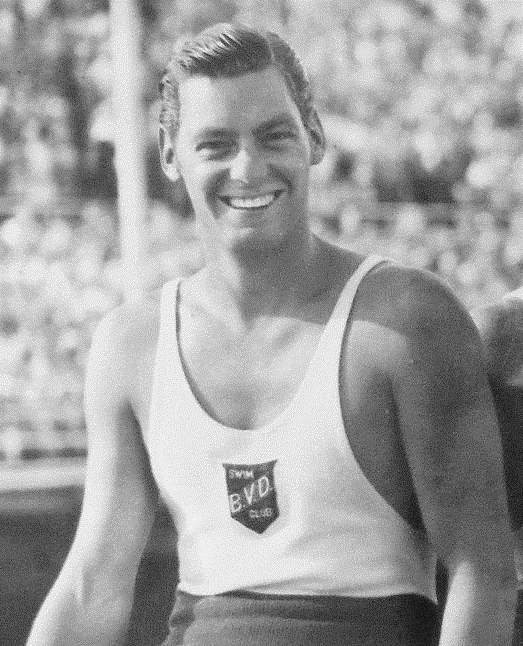
Johnny Weissmuller 15
The Weissmuller gig fit the classic case of a celebrity needing a top-notch press flack to help get out of trouble. Johnny Weissmuller won fame during two Olympics in the 1920s when he captured five Olympic Gold Medals. By 1929, he had retired from competitive swimming and with three other Olympians made Crystal Champions,[16] a film about their Olympic exploits.
In 1929, Weissmuller and Stubby Kruger, a stunt diver in the movie, drove into Miami after a day of working on the set and spent the night on a toot that set-off alarms throughout the City. It was that evening of fun and hell that resulted in a call to Steve Hannagan ‘…to keep the boys out of jail.” Hannagan made short shrift of Weissmuller’s and Kruger’s problems so that they could move on without the burden of a police record. After Miami, Weissmuller was headed for Hollywood and fame, where he made six films as the iconic Tarzan.
End Notes
- Ross, Edward Ellis; Hannagan Research Document; source: New York University Archives; p. 153. ↑
- Ross, Edward Ellis; Hannagan Research Document; source: New York University Archives; p. 155. ↑
- Fisher, Jane (1947); Fabulous Hoosier; Robert McBride & Co.; New York; p. 175. ↑
- Ross, Edward Ellis; Hannagan Research Document; source: New York University Archives; p. 93. ↑
- Photograph of Gaston Chevrolet (Retrieved May 4, 2013); “Gaston Chevrolet;”; Wikipedia; http://en.wikipedia.org/wiki/Gaston_Chevrolet. ↑
- Photograph of Dutch Harry Earl Clark; College Football Hall of Fame; “Dutch Clark; ”Wikipedia; https://en.wikipedia.org/wiki/Dutch_Clark. ↑
- Roberts, Howard (1953); The Story of Pro Football; Rand McNally & Company; New York (Retrieved June 16, 2011); http://www.archive.org/stream/storyofprofootba000850mbp/storyofprofootball00850mbp_djvu.txt. ↑
- Photograph of Eddie O’Hare (Retrieved August 1, 2017); “Two Stories Both Are True”; https://allaboutlemon.com/2011/12/11/two-stories-both-are-true-and-worth-reading/ ↑
- Ross, Edward Ellis; Hannagan Research Document; source: New York University Archives; p. 126. ↑
- Ross, Edward Ellis; Hannagan Research Document source: New York University Archives; p. 126. ↑
- “Capone Mob Murder, World War II War Figure in Naming of O’Hare Airport” ;Organized Crime and Political Corruption (Retrieved May 14, 2013); http://www.ipsn.org/ohare.php. ↑
- “Edward J. O’Hare”; Wikipedia (Retrieved March 31, 2013); http://en.wikipedia.org/wiki/Edward_J._O%27Hare. ↑
- Photograph of Jimmy Cannon (Retrieved August 2, 2017) Politico; “The columnist art, then and now, is reflected in the new anthology ‘Deadline Artists;’ http://www.politico.com/states/new-york/city-hall/story/2012/12/the-columnists-art-then-and-now-is-reflected-in-the-new-anthology-deadline-artists-067223. ↑
- Ross, Edward Ellis; Hannagan Research Document; source: New York University Archives; p. 211. ↑
- Elliot, James; Photograph of Johnny Weissmuller (Retrieved August 1, 2017); https://www.pinterest.com/pin/318066792405179997. ↑
- “Johnny Weissmuller;” Wikipedia (Retrieved May 14, 2013); http://en.wikipedia.org/wiki/Johnny_Weissmuller. ↑
